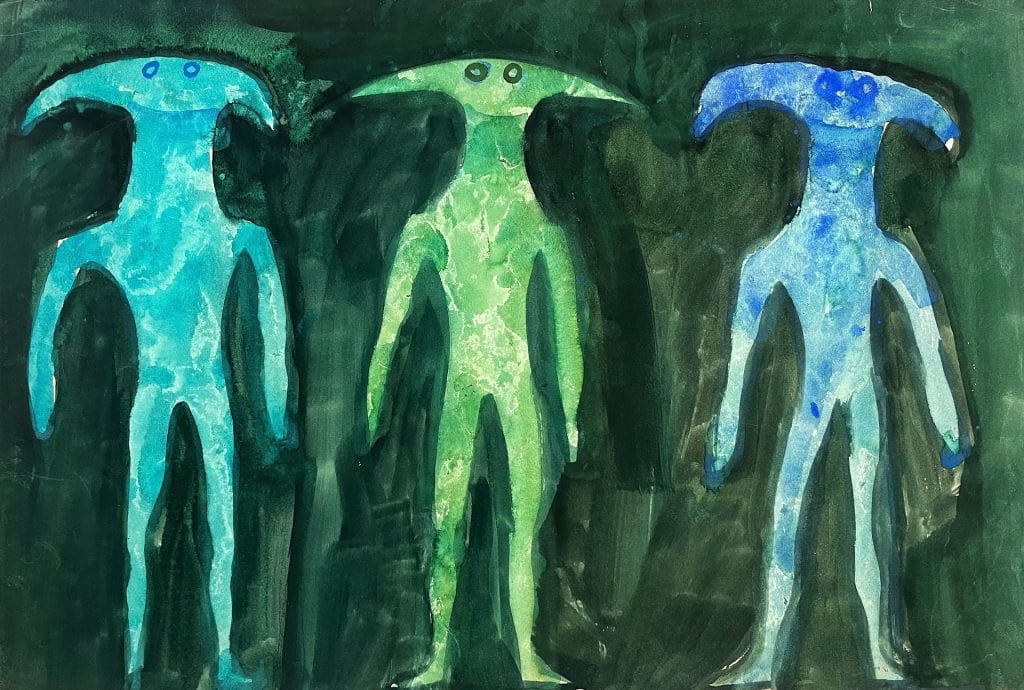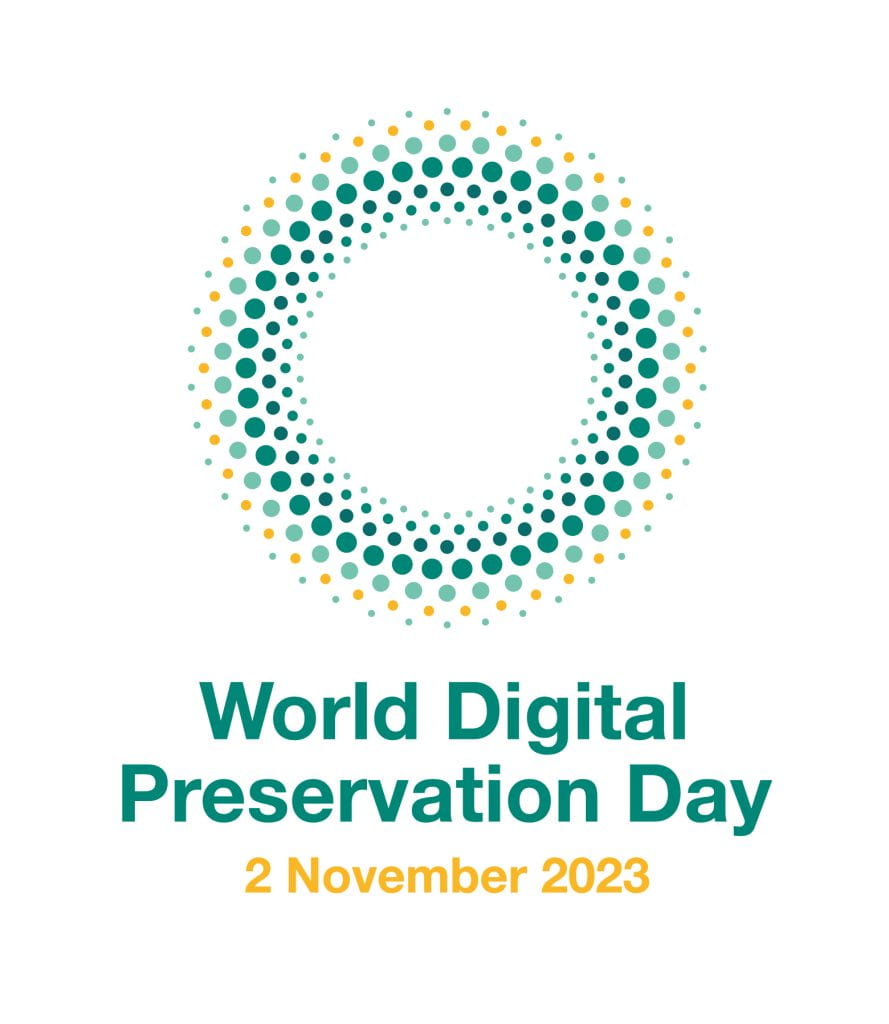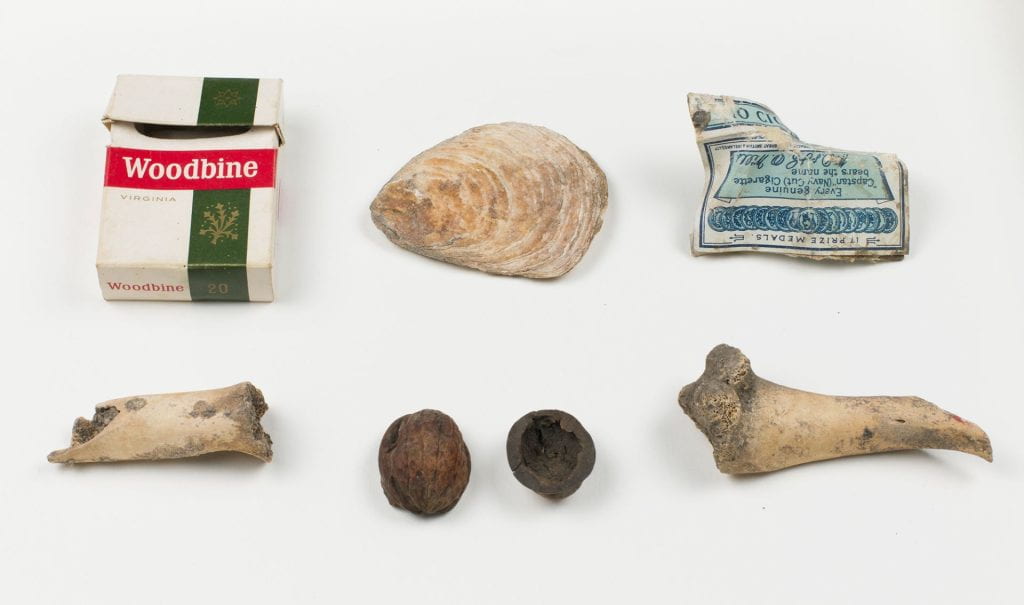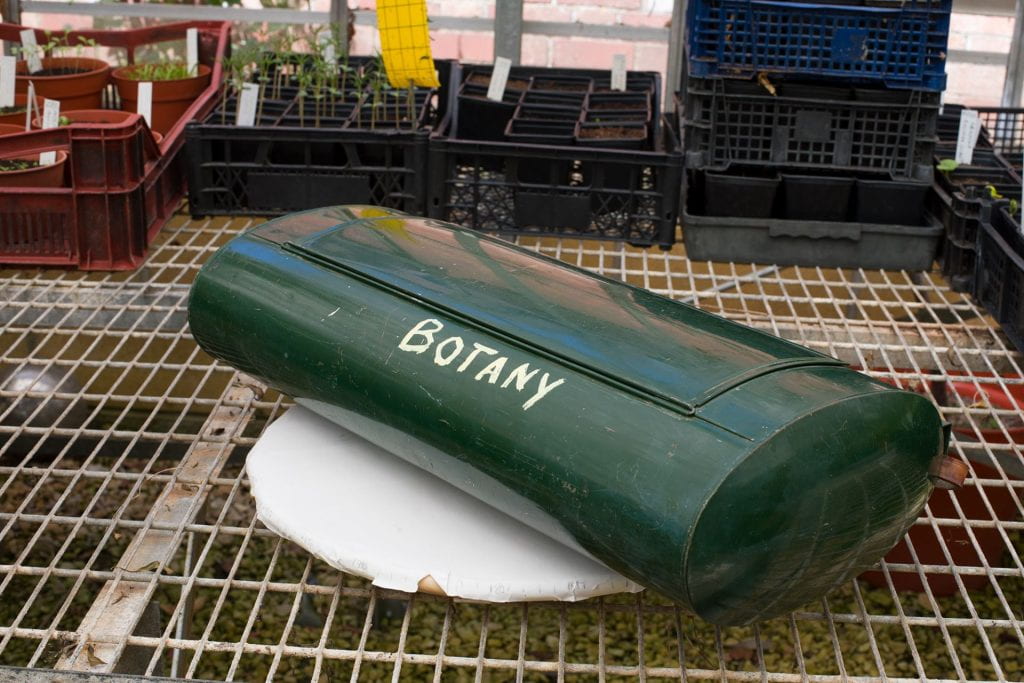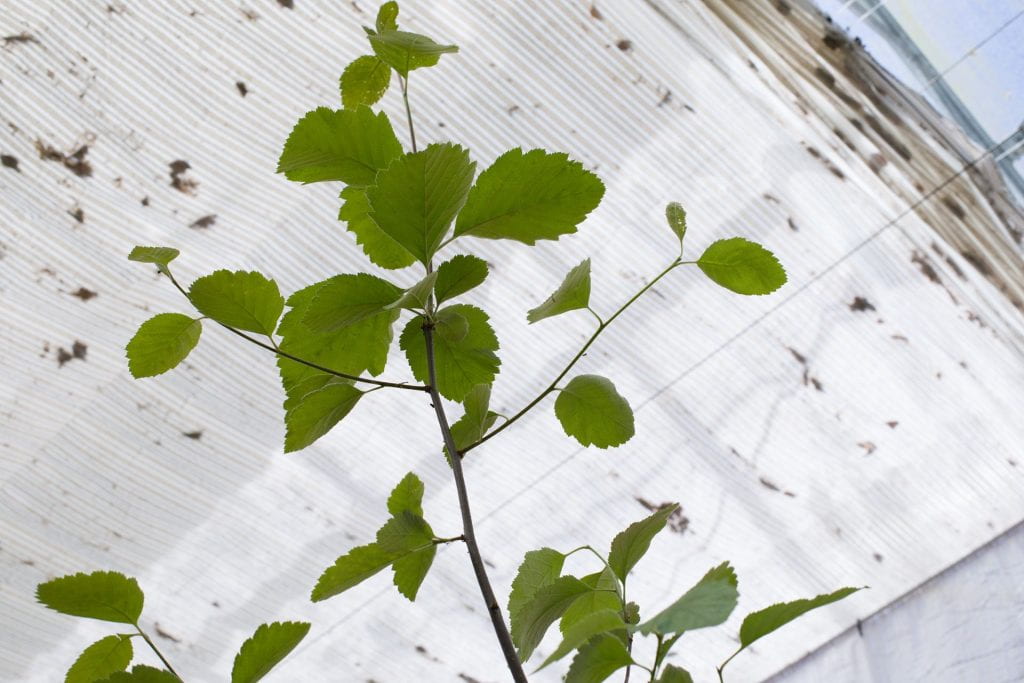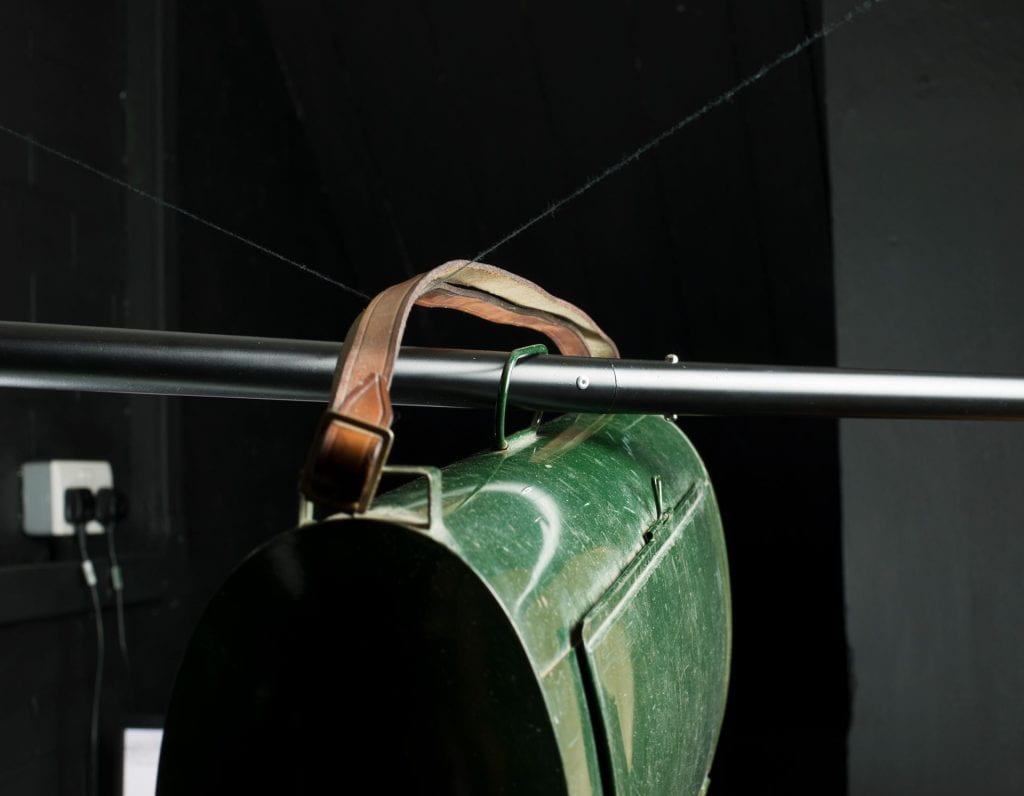Lucy Allen, Archive Assistant at the Theatre Collection, discusses two recent professional visits to Bristol heritage institutions.
In the four months since Joanna Gauld and I have joined the team as Archive Assistants, we have already been extremely lucky to be invited on two visits: the first, to the Conservation Department of Bristol Museum & Art Gallery, and the second, to the British Empire and Commonwealth Collection (BECC) at Bristol Archives.
Conservation at Bristol Museum & Art Gallery
In December we were kindly invited by Eleanor Hasler, paper conservator at Bristol Museum & Art Gallery, to a tour of the museum’s conservation department. This was a fascinating insight into the world of conservation, as we visited labs dedicated to objects, paintings and paper conservation, and were able to peek at the projects underway in each.
Of particular interest was a project to conserve an enormous album of building plans belonging to Bristol Archives – one of more than 300 in the collection – dating from 1911-1912. The album included plans for many well-known Bristol buildings, among them plans for the Bristol Hippodrome designed by Frank Matcham. We listened to a talk from Aina Berenguer, the conservator who had been working on the project, explaining the four months of work she had put into the project – documenting, cleaning, flattening and repairing the plans.

Other highlights we saw were a number of Japanese woodcut prints, with Eleanor Hasler providing some insight into the creation of these artworks, their historical context and how they came to be at the museum. Eleanor explained how at the time of production, the durability of the woodcuts meant they could be reused to make countless cheap prints. These now highly valuable prints were once worth about the same as a bowl of rice!
A final treat was a trip down to the art store beneath the museum, where we witnessed the hundreds of paintings, sculptures and other artworks held there by the museum when they are not on display. It was fascinating to how the museum ensures that these artworks are stored responsibly, and protects them for a future date when they will be brought back into the public eye.
British Empire and Commonwealth Collection
Our second trip followed in early February, when alongside colleagues from Special Collections, we were invited by archivist Jayne Pucknell to visit the British Empire and Commonwealth Collection at Bristol Archives.
Jayne explained the background to the collection, and how it came to be held by Bristol Archives after the closure of the former British Empire and Commonwealth Museum in 2008. She had selected a few key items from the collection for us to view, and explained to us the history behind these pieces. These included a selection of photographs taken by J A Green (Jonathan Adagogo Green), born in the late 19th century and believed to be the first professional photographer of Nigerian birth. Jayne pointed out Green’s strategic use of initials in his business proceedings, which obscured his Nigerian identity and played a large part in his ability to work with both colonial and indigenous clientele.
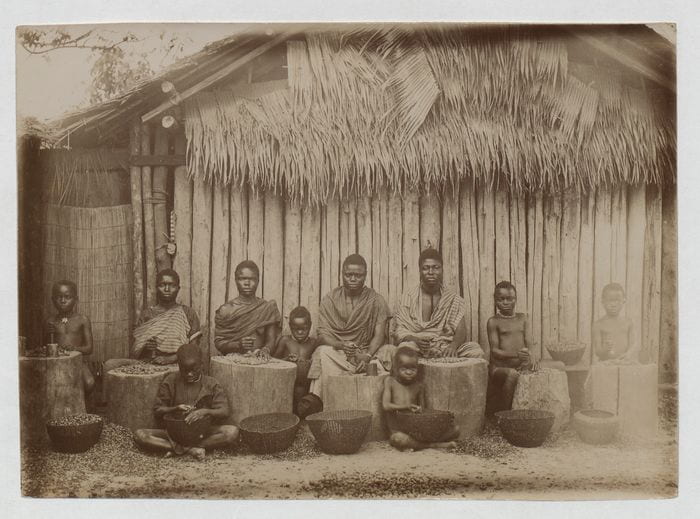
Whilst the J. A. Green photographs are an invaluable insight into life in colonial Nigeria from an indigenous perspective, many items in the collection depict life from the standpoint of the coloniser. For example, we also saw a late 19th century album of photos taken by a plantation owner in Jamaica. Many of these photographs depicted local Jamaicans in posed scenes, and often drew upon reductive stereotypes in order to appeal to a colonial audience.
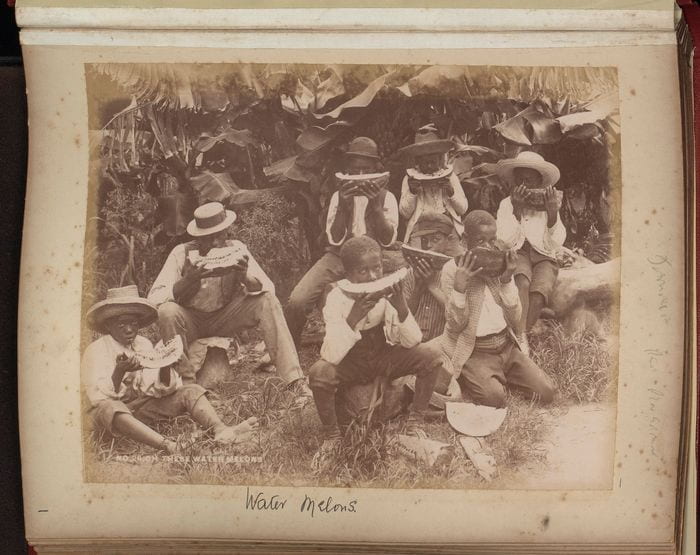
We also viewed a 20th century album of paintings by a woman living in a Prisoner of War camp under Japanese rule in China. These scenes gave the misleading impression of a pleasant environment and of positive relationships between prisoners and guards. The reason for this became clear to us when Jayne pointed out that, had the paintings instead depicted the harsh realities of prisoner life, they would undoubtedly have been confiscated. Photography within the camp was forbidden; sketching and painting were the only options available to record the experience, even if they must be done from a falsely cheery perspective. One sketch, depicting a guard from the camp, hinted at the harsher reality, reading: “pestered me to do his portrait, was advised to do so less something bad might happen to me”.
Final thoughts
These visits were both wonderful experiences as they allowed us to gain insight into the collections, work environments and roles of our colleagues within the heritage industry. It’s always such a treat to see “behind the scenes” and to hear about collections directly from the people who work so closely with them. We are extremely thankful to Eleanor Hasler, Jayne Pucknell, and the teams at Bristol Museums and Bristol Archives for generously inviting us to visit their sites and engage with their collections.

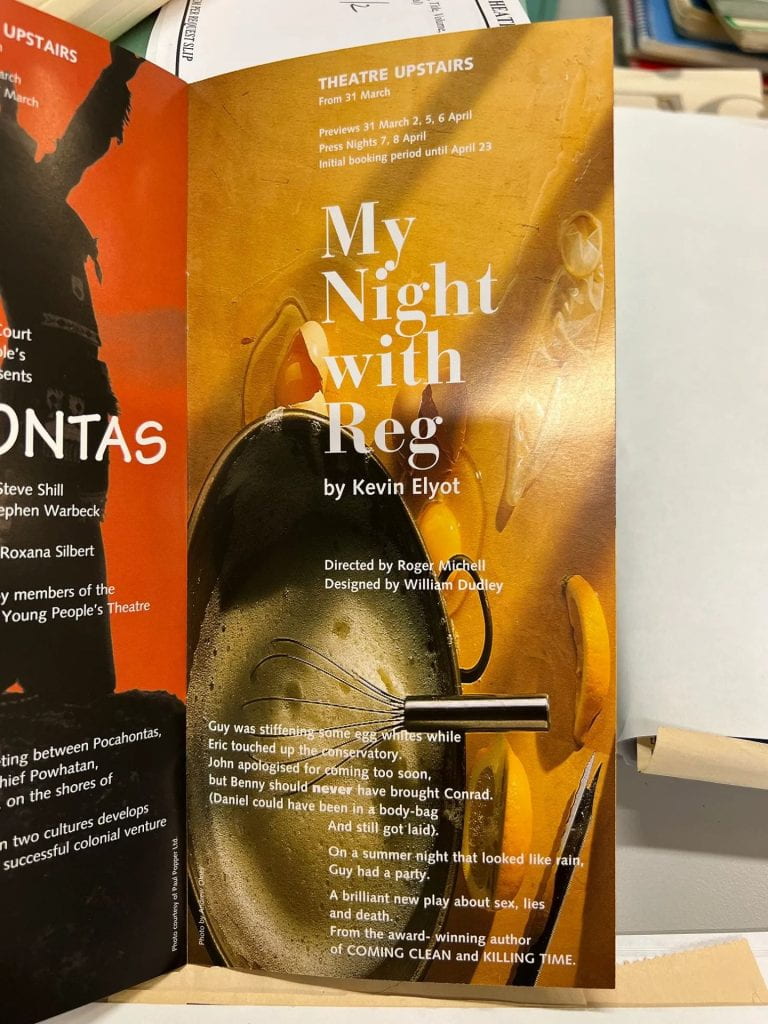
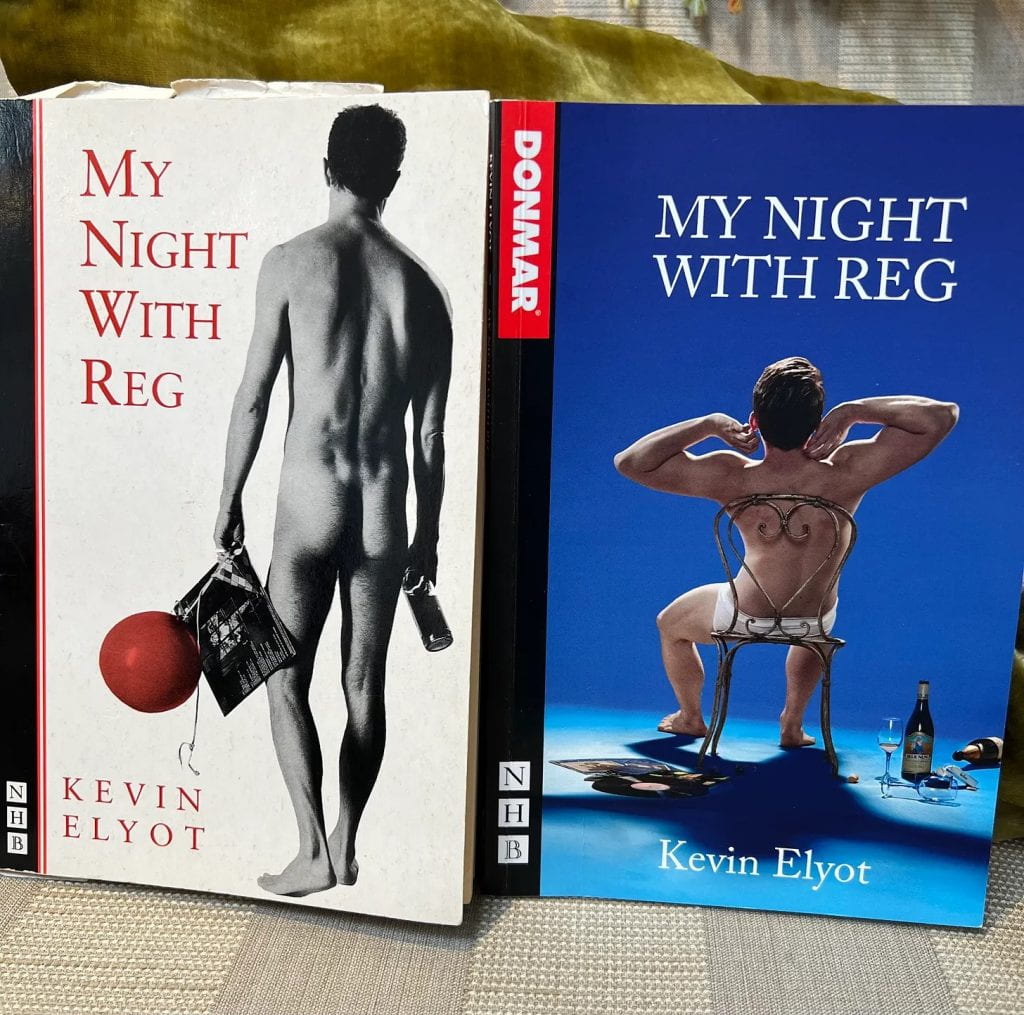
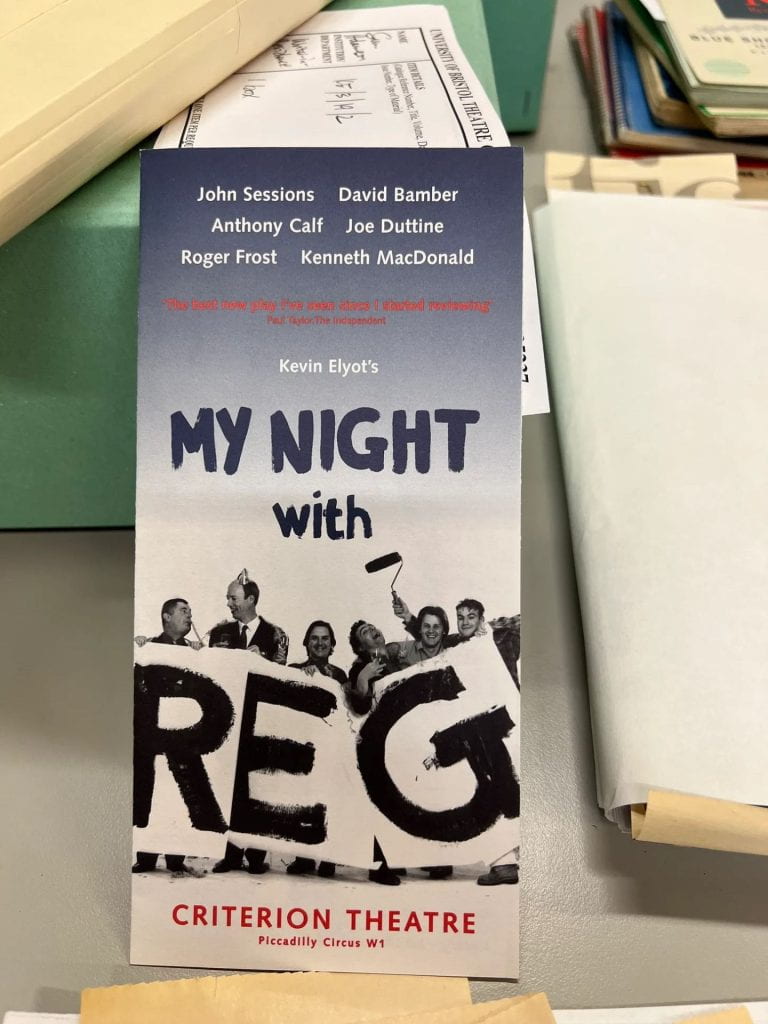
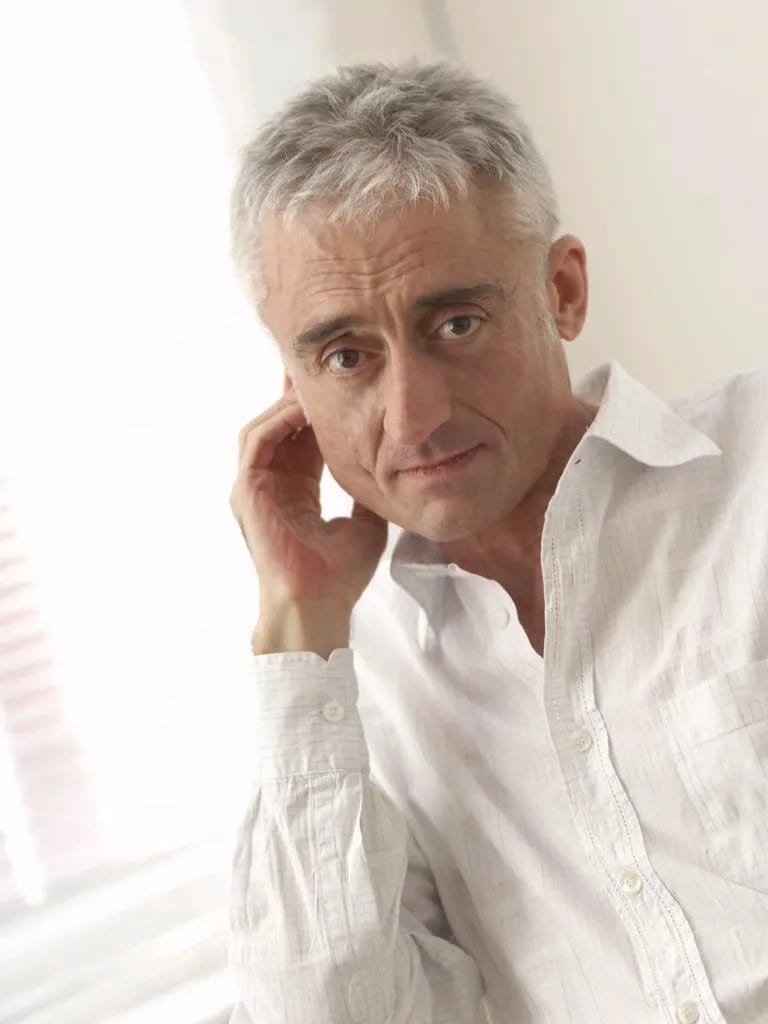
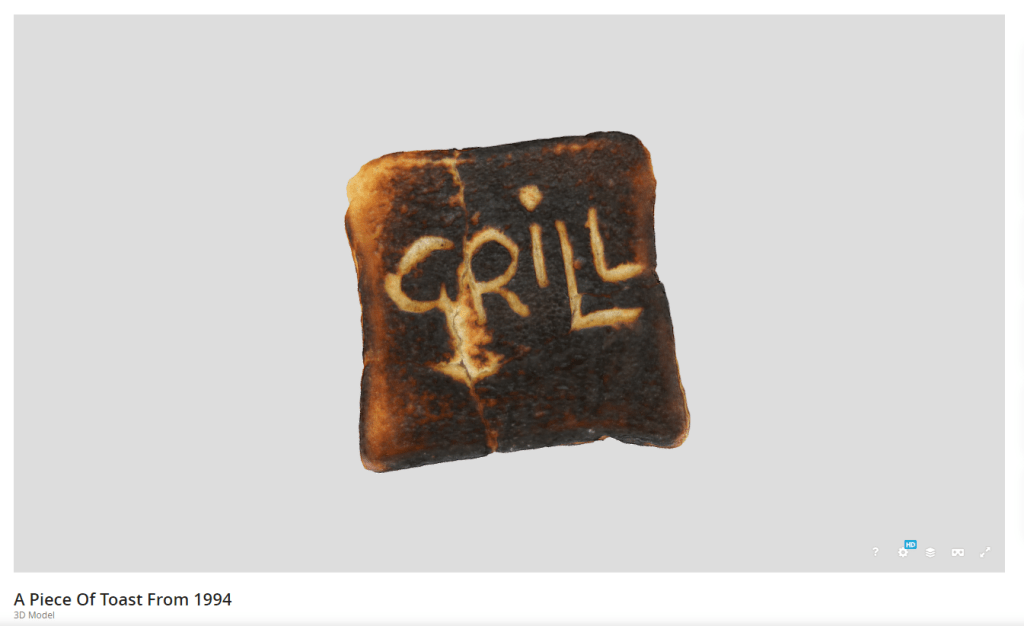
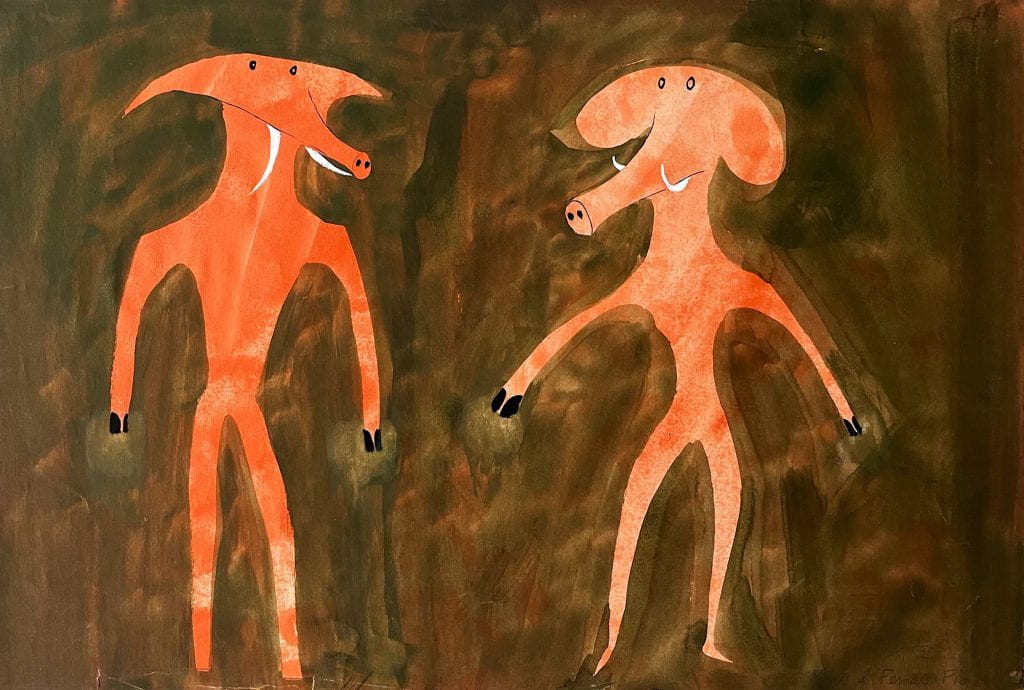 [Conceptual Design by Ralph Adron. Theatre Collection Reference: BTC71/1/6/1/4]
[Conceptual Design by Ralph Adron. Theatre Collection Reference: BTC71/1/6/1/4]